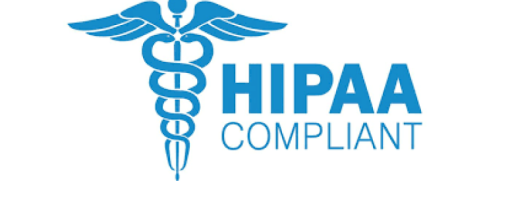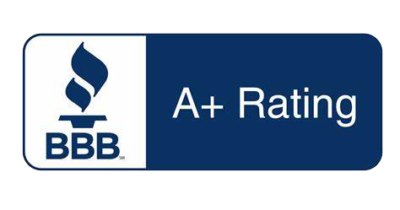HOW IS YOUR MSP OR IT PROVIDER SAFEGUARDING YOUR DATA?
TANET has been advising and supporting Healthcare Facilities within the Seattle and Portland areas for the last decade.
Our expertise has created HIPAA compliant environments and the network stability needed to remove risk and increase productivity. An IT Managed Service provider who knows your industry is crucial for helping your office mitigate risk.
Healthcare standards and regulation increase yearly, are you protected?


Key Factors for Ensuring IT Security within the HIPAA Compliance Framework
Security management process: Implementing policies and procedures for managing e-PHI security, including assigning roles and responsibilities, conducting risk assessments, and developing contingency plans.
Workforce security: Training employees on HIPAA requirements and e-PHI security practices, including access controls and password management.
Information access management: Defining and enforcing access controls to e-PHI based on the “need to know” principle.
Security awareness and training: Regularly training employees on HIPAA security policies and procedures.
Incident reporting: Establishing procedures for reporting security incidents and taking corrective action.
Physical Safeguards: These focus on protecting physical devices and locations where e-PHI is stored or accessed, including:
Equipment and device security: Implementing controls to protect devices containing e-PHI, such as encryption, password protection, and physical security measures.
Data backup and disaster recovery: Maintaining backup copies of e-PHI and having a plan to recover data in case of a disaster.
Access controls: Implement access controls to limit who can access e-PHI, such as user authentication and authorization systems.
Audit controls: Monitor and log access to e-PHI to detect and prevent unauthorized access.
Integrity controls: Implement measures to ensure the integrity and accuracy of e-PHI, such as encryption and data integrity checks.
Transmission security: Implement encryption and other security measures to protect e-PHI when it is transmitted electronically.




